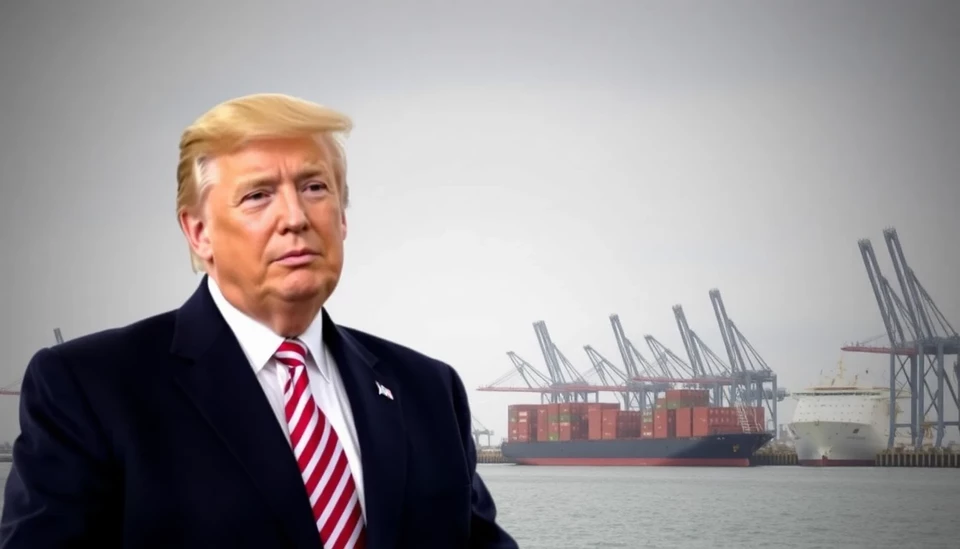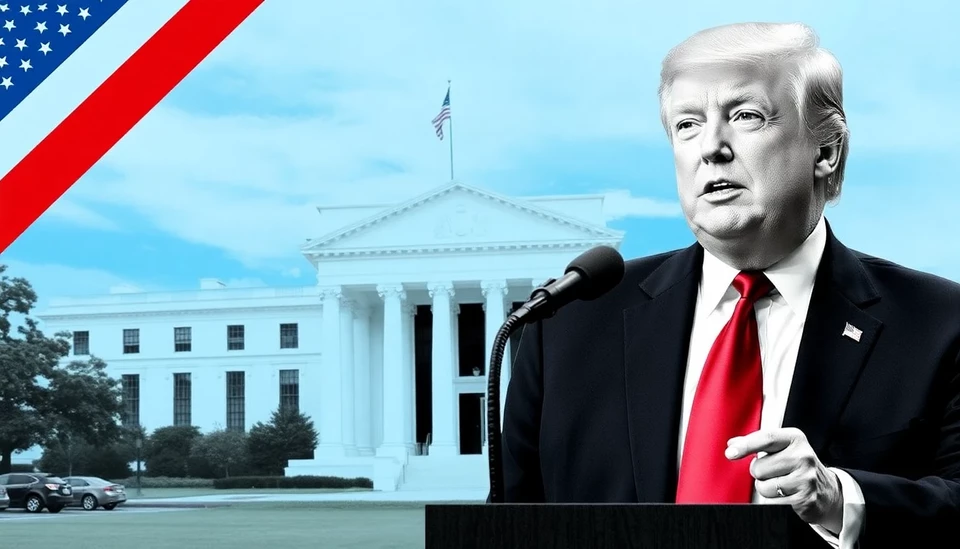
In a surprising move, former President Donald Trump has signed an executive order aimed at establishing new fees for the use of U.S. ports. The announcement comes as part of a broader initiative to improve maritime infrastructure and support the U.S. Navy's strategic operations. According to sources close to the matter, the order was influenced by ongoing discussions about the financial sustainability of U.S. naval operations and the increasing demands on port facilities.
This initiative is anticipated to generate significant revenue that will be reinvested into enhancing port facilities and expanding naval capabilities. Inside sources reveal that the fees are expected to be tiered based on the size of vessels and the nature of their cargo, with the goal of balancing the needs of commercial shippers with those of the military.
Trump's order also calls for a comprehensive review of the Navy, intending to assess current operations and identify areas for improvement. This analysis will provide crucial data to inform future allocations and projects, particularly as geopolitical tensions continue to rise and the need for a robust naval presence becomes even more paramount.
In his statement, Trump emphasized the importance of strong maritime infrastructure to national security. "Our ports are vital to our economy and essential for enabling our Navy to maintain its global presence," he remarked. He is advocating for a multi-faceted strategy that caters to both commercial enterprises and defense needs alike. This dual focus is particularly crucial as the U.S. navigates intricate international trade routes and military engagements across the globe.
The initiative, however, has sparked controversy among industry stakeholders who fear that the proposed fees could lead to increased shipping costs and strain supply chains. Critics argue that additional financial burdens could result in higher consumer prices and reduced market competitiveness for American goods. On the other hand, proponents highlight the need for modernization and maintenance of aging port facilities, which have not kept pace with the growing demands of international commerce and defense readiness.
As the implementation of these port fees unfolds, stakeholders will need to engage in discussions to find a workable balance between operational efficiency and financial viability. Moving forward, the impact of this executive directive will continue to unfold, with many looking closely at its effects on both the commercial shipping sector and the readiness of the U.S. Navy.
This major policy shift reflects Trump's ongoing influence in U.S. politics and its potential ramifications on maritime operations. As the landscape of global trade continues to evolve, the intersection of defense and commerce will likely remain a hot topic of discussion among lawmakers and industry leaders alike.
Stay tuned for further developments as the story unfolds.
#Trump #NavalReview #PortFees #MaritimeInfrastructure #USNavy #ShippingIndustry
Author: Rachel Greene




